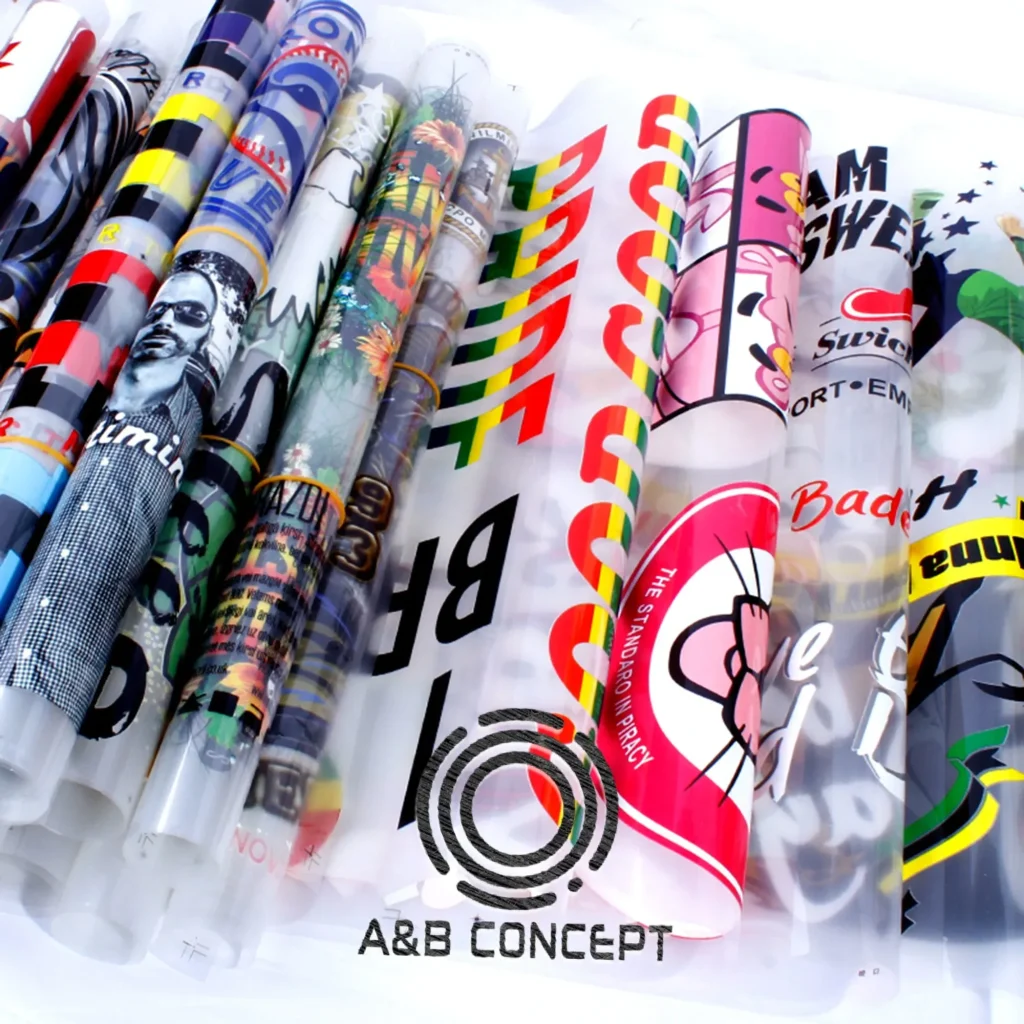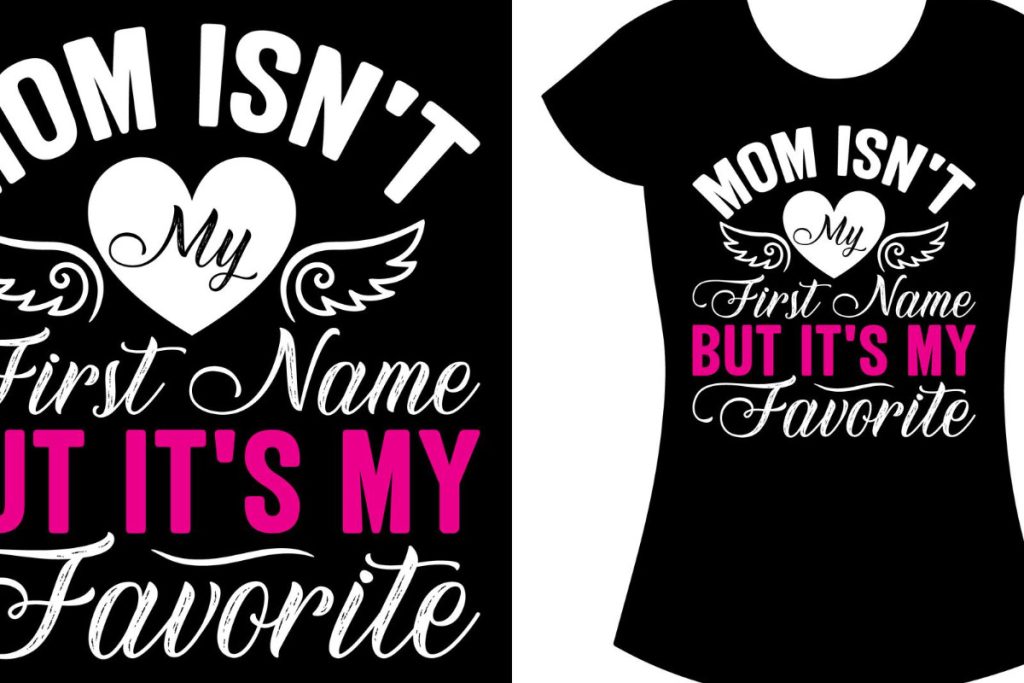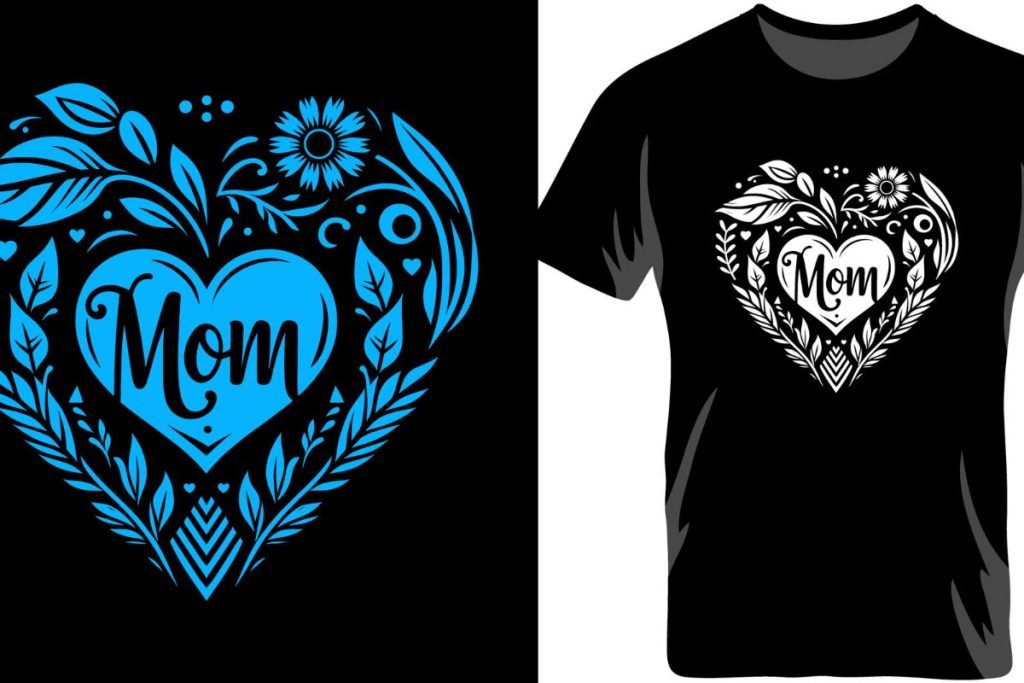In the ever-evolving landscape of custom printing, DTF Transfers are making a significant impact, particularly in the apparel industry. Known as Direct-to-Film printing, this innovative technology allows for high-quality, vibrant designs to be effortlessly transferred onto various fabric types. As businesses seek more efficient and sustainable printing solutions, DTF emerges as a game-changing option, blending superior quality with eco-friendliness. This method is not only revolutionizing printing technology but also meeting the growing demand for custom apparel that resonates with consumers. Join us as we explore how DTF Transfers are reshaping the future of custom printing, offering exciting possibilities for brands and consumers alike.
Also referred to as Direct-to-Film transfers, this modern approach to custom printing harnesses state-of-the-art techniques to deliver exceptional results on textiles. The versatility of DTF printing allows it to cater to a wide range of fabric materials, making it an ideal choice for brands looking to innovate in apparel production. With a focus on sustainable printing practices, this technology minimizes environmental impact while maximizing the artistic potential of designs. As DTF continues to gain traction, its role in the future of personalized merchandise becomes increasingly significant. Discover how this advanced printing methodology is setting new standards for quality and efficiency in the custom printing domain.
Understanding DTF Transfers in Detail
Direct-to-Film (DTF) transfers represent a groundbreaking method in the custom printing landscape. This innovative technique uses a specialized film as a medium for transferring designs onto fabric. Initially, vibrant, water-based ink is printed onto a unique film which is then heat-pressed onto the chosen substrate. The process is not only efficient but also allows for exceptional detail and color accuracy, making it an ideal choice for intricate artwork. Unlike traditional screen printing, which can often be limiting, DTF provides a broader spectrum of printing capabilities across various fabric types, from cotton to polyester blends.
The technology behind DTF transfers is rapidly evolving, paving the way for even higher quality production. With advancements in the inks used and the machines employed, the durability and lifelike nature of prints is significantly enhanced. Businesses adopting DTF technology can expect to produce products that hold up over time, ensuring customer satisfaction and boosting their brand reputation. As DTF continues to gain traction, its ability to meet the demands of the market efficiently is poised to redefine custom printing for the future.
The Versatility of DTF Printing
One of the core advantages of DTF printing is its versatility across different fabric types and applications. Where traditional printing methods might restrict designs to specific materials, DTF technology opens the door for creativity. This flexibility allows brands to experiment with a wide range of textiles – whether they are looking to print on cotton t-shirts, polyester athletic wear, or even mixed blends, DTF excels in delivering high-quality results. This capability is especially beneficial for businesses looking to diversify their product offerings and cater to varying customer preferences.
Moreover, the ease with which DTF transfers can adapt to rapid changes in design trends empowers brands to respond quickly to the fast-paced nature of the custom apparel industry. Customization is a growing need among consumers, and the ability to print unique designs on demand without compromising quality has positioned DTF as a frontrunner in innovative apparel printing. Thus, for small businesses and established labels alike, DTF is not just a printing method but a strategic solution to meet evolving market needs.
In addition to versatility in materials, DTF technology also excels at rendering complex color gradients and intricate designs. This is particularly important for fashion items that require precise detail to appeal to today’s discerning customers. Whether producing graphic shirts, promotional items, or bespoke merchandise, DTF transfers ensure that every design translates beautifully to the fabric, facilitating the delivery of high-quality, visually appealing products.
Cost-Effectiveness of DTF Transfers
Cost is often a primary concern for businesses venturing into custom printing, and DTF transfers offer a compelling solution. By streamlining the printing process and reducing setup costs associated with traditional methods like screen printing, DTF enables businesses to maintain better cash flow. For startups and small businesses eager to enter the market without substantial upfront investment, DTF provides an affordable way to start small and grow. The technology accommodates shorter production runs, meaning businesses can produce custom items in response to specific customer demands without financial risk.
Moreover, the reduction in waste associated with DTF printing contributes to its cost-effective appeal. Traditional printing methods often require large quantities of materials for setup, leading to excess product that can result in losses. With DTF, businesses can produce exactly what they need, reducing both fabric waste and expenditure. This practicality not only supports the business’s bottom line but also aligns with sustainable practices, which is a growing expectation among consumers.
The Adoption of DTF in the Industry
The adoption of DTF printing technology has been remarkable, with a surge in interest from e-commerce platforms and custom apparel brands. This trend speaks to the growing need for businesses to adapt to consumer demands for personalized and trendy items quickly. As companies embrace DTF technology, they experience increased efficiency and agility in production, enabling them to keep pace with ever-changing market trends. This rapid turnaround capability distinguishes DTF from conventional printing methods, which often require longer lead times.
Industry research indicates that as more companies integrate DTF into their operations, the competition in custom printing will intensify. With the introduction of new technologies and premium printers specifically designed for DTF, manufacturers are paving the way for improved quality and quicker production times. As the market shifts towards this optimized printing method, brands that leverage DTF are poised to capture a larger share of the custom apparel market, fundamentally changing the landscape of printing technology.
Technological Innovations in DTF Printing
DTF printing technology is continuously evolving, marked by significant technological advancements that enhance quality and production speed. Manufacturers are pushing the boundaries of conventional printing by investing in research and development, leading to innovations that improve not only the machines used but also the inks and processes involved. Newer DTF printers can handle higher volumes with greater efficiency while providing exceptional print quality, appealing significantly to both startups and established companies in the custom printing sphere.
Furthermore, advancements in ink formulations have resulted in more vibrant, durable prints that appeal to consumers looking for longevity in their apparel. As DTF printing remains at the forefront of technological innovation, it opens avenues for creative expression, allowing designers to experiment with varied aesthetics and styles that were once challenging to achieve. This abundant potential for innovation positions DTF as a game-changing technology with the ability to redefine production and customization processes across the industry.
Environmental Benefits of DTF Printing
In an age where sustainability is paramount, DTF printing emerges as an environmentally friendly alternative to traditional techniques. By utilizing water-based inks that reduce harmful emissions compared to solvent-based inks, DTF aligns with the growing consumer expectation for eco-conscious products. This practice not only minimizes the environmental impact associated with printing but also allows businesses to market themselves as sustainable brands, appealing to ethically-minded consumers and enhancing their overall brand image.
The lower carbon footprint of DTF printing positions it well within the broader context of sustainable printing practices. As the demand for responsibly manufactured products soars, businesses that adopt DTF technology are not just complying with consumer preferences but are also pioneering a responsible approach to custom printing. With environmental concerns gaining traction in marketing and production strategies, DTF serves as an integral piece in the puzzle of sustainable apparel printing.
Frequently Asked Questions
What are DTF Transfers in custom printing?
DTF Transfers, or Direct-to-Film transfers, denote a modern printing technology where images are printed on a special film and then heat-transferred onto fabrics. This method allows for vibrant colors and intricate designs, revolutionizing custom printing for apparel and merchandise.
How does DTF printing compare to traditional screen printing?
DTF printing stands out for its versatility compared to traditional screen printing. Unlike screen printing, which is often restricted to certain fabrics, DTF can be applied to a wide range of materials, including cotton and polyester, making it ideal for diverse custom apparel.
What are the cost advantages of DTF Transfers for small businesses?
DTF Transfers offer cost efficiency by eliminating high initial setup costs typical of traditional printing methods. Small businesses benefit from the ability to produce smaller runs without significant financial investment, fostering innovation and flexibility in product offerings.
How durable are DTF prints on apparel?
DTF prints are known for their superior durability. They maintain their quality and vibrancy even after multiple washes, making them an excellent choice for clothing items that require longevity and wear resistance, like sportswear and daily wear garments.
Is DTF printing an environmentally friendly option?
Yes, DTF printing is considered an environmentally friendly alternative to traditional printing techniques. Most DTF processes use water-based inks, minimizing the ecological impact compared to solvent-based inks used in other methods, aligning with the growing demand for sustainable printing solutions.
What technological advancements are driving the growth of DTF Transfers?
The growth of DTF Transfers is propelled by continuous technological advancements, including faster print speeds and better ink formulations. Innovations are enhancing print quality and adhesion, ensuring businesses can meet the evolving demands of custom printing efficiently.
| Key Points | Details |
|---|---|
| What are DTF Transfers? | A printing technique that transfers designs onto fabrics using a film with water-based inks for vibrant colors and intricate details. |
| Advantages Over Traditional Methods | 1. Versatility: Works on various textiles. 2. Cost-Effectiveness: Lower startup costs and small run production capabilities. 3. Durability and Quality: Retains vibrancy after many washes. |
| Industry Adoption | Popular among e-commerce brands, allowing quick adaptation to market demands and supporting small businesses. |
| Technological Advancements | Emerging technologies enhance print speed, quality, and flexibility, leading to improved productivity. |
| Environmental Considerations | DTF printing uses water-based inks, lowering environmental impact and promoting sustainability in manufacturing. |
Summary
DTF Transfers are revolutionizing the landscape of custom printing by offering unparalleled versatility, cost-effectiveness, durability, and environmental benefits. As custom printing evolves, DTF transfers provide businesses with innovative solutions to meet the demands of consumers seeking high-quality, personalized products. This technology is poised to reshape the industry, allowing brands to adapt swiftly to market changes while maintaining a commitment to sustainability. The future of custom printing looks promising with DTF, ensuring brands can thrive in an ever-evolving market.



